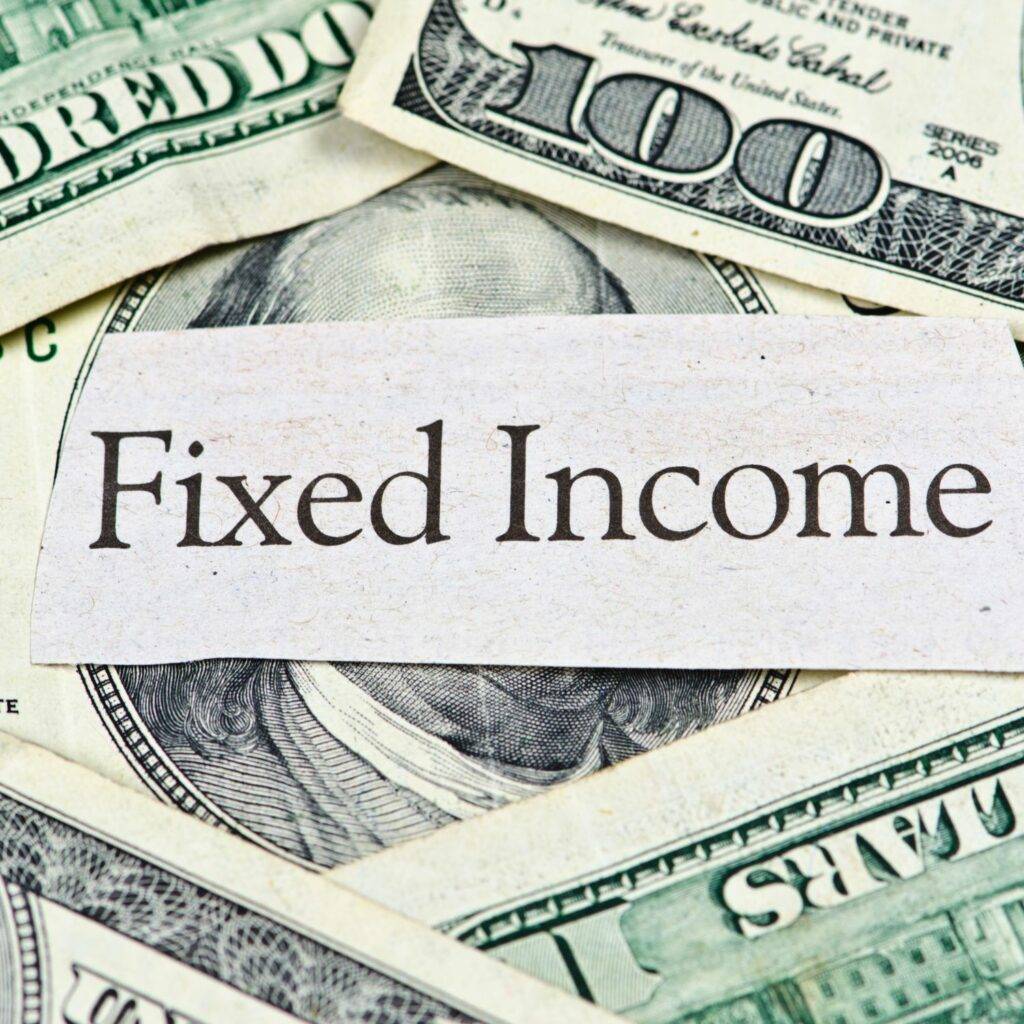Introduction:
Exchange-Traded Funds (ETFs) have become a staple for many investors, offering diversification, lower costs, and the ease of trading. Among these, the XLB ETF stands out as a popular choice for those looking to invest in the Canadian fixed income market. In this post, we’ll explore what the XLB ETF is, its composition, and why it might be a consideration for your investment portfolio.
[stock_market_widget type=”table-quotes” template=”color-header-border” color=”#5679FF” assets=”XLB.TO” fields=”symbol,name,net_assets,fund_family” display_header=”true” display_chart=”false” search=”false” pagination=”false” scroll=”false” rows_per_page=”5″ sort_direction=”asc” alignment=”left” api=”yf”]

What is the XLB ETF?
The XLB, or the iShares Core Canadian Long Term Bond Index ETF, is designed to provide investors with exposure to the performance of the Canadian long-term government and corporate bond market. Managed by BlackRock, one of the world’s leading asset management firms, the XLB tracks the performance of the FTSE Canada Long Term Bond Index.
XLB Fees
| Actual Management Fee | 0.18% |
|---|---|
| Actual Mgmt. Expense Ratio (MER) | 0.20% |
Composition and Characteristics:
The XLB ETF is a distinctive investment vehicle that offers a blend of diverse holdings and a long-term focus, making it an appealing choice for certain investors. This ETF is comprised of a variety of government and high-quality corporate bonds, providing a diversified fixed-income option. The diversification across different issuers and sectors helps mitigate specific risks associated with individual bonds.
As indicated by its name, the XLB ETF primarily focuses on long-term bonds, typically those with maturities greater than ten years. This longer duration is a double-edged sword; while it can offer higher returns, it also makes the XLB more sensitive to interest rate changes. This sensitivity is a crucial factor for investors to consider, as changes in interest rates can significantly impact the value of long-term bonds.
Regarding its yield and risk profile, the XLB ETF usually offers a higher yield compared to short-term bond ETFs. This higher yield is attractive to investors seeking more income from their fixed-income investments. However, this comes with a trade-off in the form of greater interest rate risk. The longer maturity of the bonds within the XLB means that its price is more susceptible to fluctuations in response to changes in interest rates. Consequently, while the XLB can be a valuable component in a diversified portfolio, investors should carefully consider their tolerance for interest rate risk and their long-term investment objectives when considering this ETF.
Why Consider the XLB ETF?
- Diversification: For investors looking to diversify their portfolio beyond stocks or short-term bonds, the XLB can be an attractive option.
- Potential for Higher Returns: Given its focus on long-term bonds, the XLB may offer higher returns in a declining interest rate environment.
- Professional Management: Managed by BlackRock, investors benefit from the firm’s extensive research and risk management expertise.
Things to Consider:
- Interest Rate Sensitivity: Due to its long-term nature, the XLB can be more volatile in the face of interest rate changes. Investors should be mindful of their risk tolerance and investment horizon.
- Market Conditions: The performance of long-term bonds can be influenced by various factors, including economic outlook, inflation expectations, and central bank policies.
Other popular Fixed Income ETFs in Canada
[stock_market_widget type=”table-quotes” template=”color-header-border” color=”#5679FF” links=”{‘ZAG.TO’:{},’XBB.TO’:{},’VAB.TO’:{},’XSB.TO’:{}}” assets=”ZAG.TO,XBB.TO,VAB.TO,XSB.TO” fields=”name,symbol,net_assets,fund_family” display_header=”true” display_chart=”false” search=”false” pagination=”false” scroll=”false” rows_per_page=”5″ sort_direction=”asc” alignment=”left” api=”yf”]

XLB ETF historical performance
[stock_market_widget type=”table-quotes” template=”color-header-border” color=”#5679FF” assets=”XLB.TO” fields=”symbol,ytd_return,three_year_average_return,five_year_average_return” display_header=”true” display_chart=”false” search=”false” pagination=”false” scroll=”false” rows_per_page=”5″ sort_direction=”asc” alignment=”left” api=”yf”]
Conclusion:
The XLB ETF is a noteworthy option for those interested in the Canadian fixed income market, especially for investors seeking long-term bond exposure. As with any investment, it’s crucial to consider how it fits into your overall portfolio strategy and risk tolerance. Remember, diversification and understanding your investment are key to navigating the financial markets successfully.
Disclaimer: This post is for educational purposes only and should not be taken as financial advice. Always consult with a financial advisor before making investment decisions.

